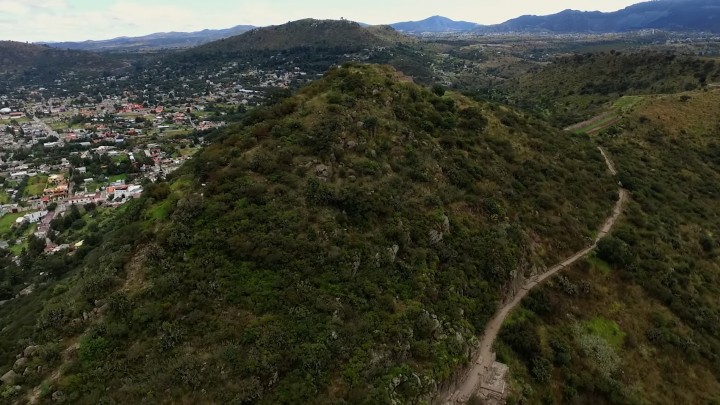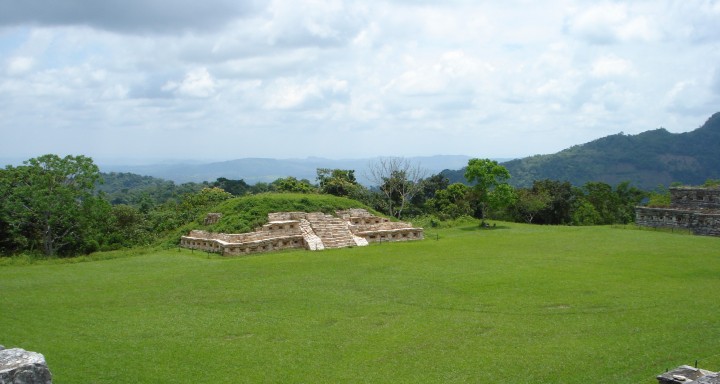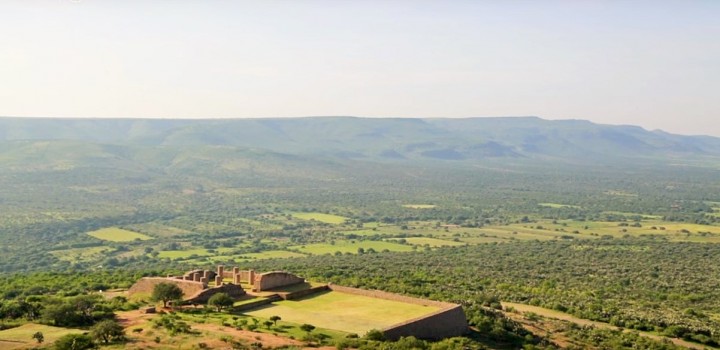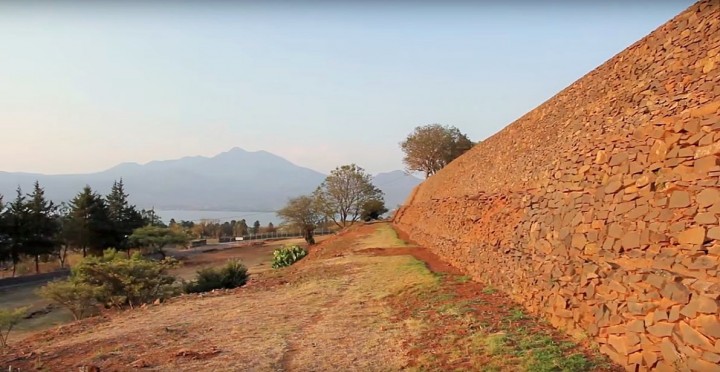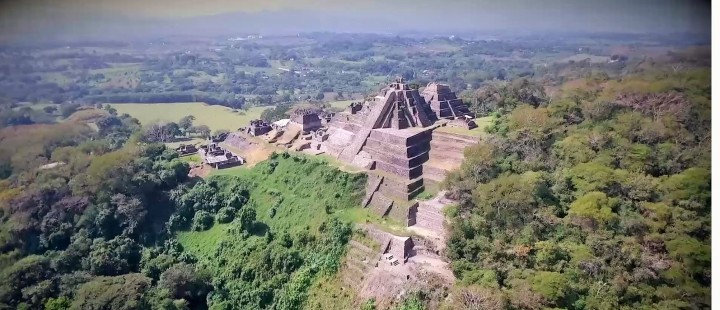The geographical limits of ancient Mexico given here are established by the current political borders, since this territory never formed a historical unity. As a result, the country of Mexico can be divided into three major cultural areas: Aridoamerica, Oasisamerica and Mesoamerica. The term “cultural area” describes a territory inhabited by human groups linked by different social, political and economic relations.
Mesoamerica occupies the greatest extension within Mexican territory, covering the southern half of the country as far as the Yucatan peninsula. Its boundaries also encompass Guatemala, Belize, Honduras, El Salvador, Nicaragua and Costa Rica. In turn, Mesoamerica is divided into five cultural regions: the Central Highlands, the Gulf, Oaxaca, the West and the Southeast. In spite of the fact that the societies that inhabited each of them did not form a political unit, they did share an extensive tradition and history.
As for Aridoamerica and Oasisamerica, not only did these cultural areas occupy part of the north of Mexico, but also extended over much of the southwest of the United States of America. This vast tract of land, which is located north of the Tropic of Cancer, has also been referred to as the North region (a term we use on this platform) and, to a greater or lesser extent, had connections with the culture of Mesoamerica.

